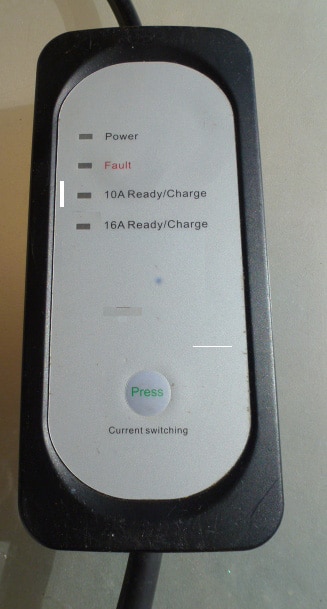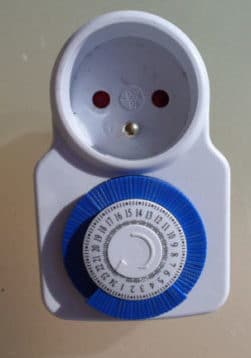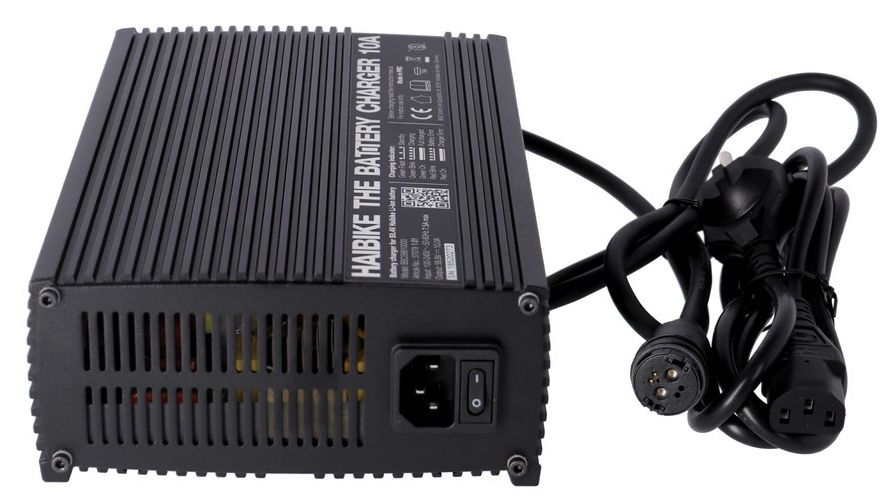Scientists and users agree: the way you charge your battery can affect its lifespan, albeit not its performance. From our point of view, the following tips have proven useful to extend battery duration on a daily application.
Avoid discharging your battery under 20%
This precaution is recommended for all lithium-ion batteries, be it for cell phones, electric cars or bikes. By the way, they have no memory effect whatsoever, so no need to completely discharge them before charging. On the contrary, it seems that discharging battery cells too much causes a certain stress. I´d rather spare you the complicated scientific explanation of this phenomenon. Just use any lithium ion battery, and you will notice that this rule of thumb is well worth following.
It should be beneficial to discharge it all the way down to 5-10%, riding, every two months.
Never charge a hot battery
This is a rule followed by many users and manufacturers. Indeed, a prolonged usage can considerably increase the internal temperature of your battery. A kilometer on a steep climbing road with your ebike would be enough, especially if you use more your assistance than your muscles. As the cunning website ebikeschool.com states, it is natural for lithium batteries found in electric bicycles to heat up as they work. This is normal for any lithium battery. For instance, the battery of the electric car Nissan Leaf would refuse being charged when it’s too warm after usage. Typically, you would stop on the motorway after having driven continuously for a couple hundred kilometers, you plug in the charger and you have to wait about 15 minutes to let the battery cool down. Just consult the renowned auto-magazine Green car reports to find out more. On my electric car, there’s a big and powerful fan that cools down the battery for roughly a minute as soon as you start charging it. My recommendation: after you’ve used your ebike, wait at least 20 minutes before charging it. The hotter the external temperature, the longer you should wait, up to 35 minutes.
Faster charging could affect your battery duration

Charger 10-16 Ah
Here experts are not unanimous. Some say it doesn’t matter, other base their mistrust of fast charging on the fact that it heats up the battery more than normal charging. Indeed, there are few ebike battery chargers exceeding 6 Ah, what should strengthen the argument against fast charging. Again, Green car reports states this clearly. I think it would be better if chargers could give us a choice: slower charging when we got time to charge, faster charging when we need to charge our battery as soon as possible. For instance, the battery charger of the Mitsubishi electric car, shown in the photo below, gives the user a choice between 10 and 16 Ah. Unfortunately, no ebike charger offers this option. In my opinion, fast charging does damage batteries, although only slightly. Therefore, choose a more expensive fast charger only if you need to spare time on charges.
It’s better not to charge your battery beyond 90%
Some experts suggest even to avoid exceeding 80%. It’s difficult to provide scientific evidence for this argument. Nevertheless, there are some empirical, practical considerations that support it:
- Practically all lithium ion batteries need much more time to charge once the battery has reached 80% of charge. In most cases, it takes an hour to reach 80% of the capacity, and at least 50 minutes for the remaining 20%.
- The longer you charge your battery, the more its temperature increases. Just touch it if you want to verify.
- Common sense suggests that, since all materials are wearable, even battery cells suffer when you stress them to their extreme limits. It’s a sort of physical principle that applies to our muscles, our internal combustion engines, our psychological endurance, etc.
In order to easily charge it without exceeding 80-90%, I suggest using a plug-in clock like the one in the picture below.
Some people think that it’s better to avoid charging your electric bike battery too frequently if it’s not necessary, because according to battery manufacturers, Lithium-ion batteries have a certain number of charge cycles before their capacity starts to degrade.
I disagree, because:
- with charge cycles manufacturers intend a complete charge, from 5% to 100%
- in my experience, with all my lithium ion batteries (cars, smartphones, ebikes) two charges of 45% each use the battery less than a charge of 90%, for instance because they overheat the battery much less
- if small charges used the battery like a complete cycle, cars and ebikes that recharge the battery by braking would wear off their batteries incredibly fast.
It’s better not to charge it and leave it idle
Ideally, even for just a day, store it with 30-40% charge, and charge it at 90% just before riding it.

Plug-in clock
Never leave a li-ion battery idle for months
I would avoid letting a li-ion battery idle for more than a couple of weeks without charging and possibly using it a bit.
Batteries are not alive, nevertheless they require care, almost as if they were plants. Leaving a battery untouched for months can considerably damage it. You should recharge it up to 50%, once a month.
Many experts suggest also to use it shortly once a month, in order to avoid software components and nasty surprises when you need it again.
Battery preservation is paramount
Should you think that applying all these suggestions would be too complicated, just reckon the increasing role that batteries play in our lives, especially since the advent of lithium-ion batteries and its derivatives. Battery preservation has become essential to the sound management of our economies, be it for companies or for individuals.
Find more ebike tips here.
Updated on 08/18/2023.
